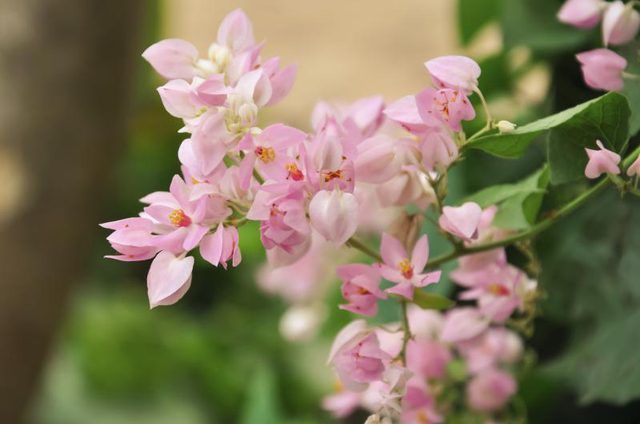Bulbs
Flower Basics
Flower Beds & Specialty Gardens
Flower Garden
Garden Furniture
Garden Gnomes
Garden Seeds
Garden Sheds
Garden Statues
Garden Tools & Supplies
Gardening Basics
Green & Organic
Groundcovers & Vines
Growing Annuals
Growing Basil
Growing Beans
Growing Berries
Growing Blueberries
Growing Cactus
Growing Corn
Growing Cotton
Growing Edibles
Growing Flowers
Growing Garlic
Growing Grapes
Growing Grass
Growing Herbs
Growing Jasmine
Growing Mint
Growing Mushrooms
Orchids
Growing Peanuts
Growing Perennials
Growing Plants
Growing Rosemary
Growing Roses
Growing Strawberries
Growing Sunflowers
Growing Thyme
Growing Tomatoes
Growing Tulips
Growing Vegetables
Herb Basics
Herb Garden
Indoor Growing
Landscaping Basics
Landscaping Patios
Landscaping Plants
Landscaping Shrubs
Landscaping Trees
Landscaping Walks & Pathways
Lawn Basics
Lawn Maintenance
Lawn Mowers
Lawn Ornaments
Lawn Planting
Lawn Tools
Outdoor Growing
Overall Landscape Planning
Pests, Weeds & Problems
Plant Basics
Rock Garden
Rose Garden
Shrubs
Soil
Specialty Gardens
Trees
Vegetable Garden
Yard Maintenance
How to Care for Coral Vine
How to Care for Coral Vine. For vigorous growth without much work on your part, it's hard to beat coral vine (Antigonon leptopus). The perennial vine grows from a tuberous root. It's evergreen in mild climates but gets killed back in areas with frosts to regrow in spring. It grows in U.S. Department of Agriculture plant hardiness zones 8 through...

For vigorous growth without much work on your part, it's hard to beat coral vine (Antigonon leptopus). The perennial vine grows from a tuberous root. It's evergreen in mild climates but gets killed back in areas with frosts to regrow in spring. It grows in U.S. Department of Agriculture plant hardiness zones 8 through 10. Its heart-shaped leaves cover vines that can reach 30 to 40 feet long. Pink flowers appear from summer to fall, with white flowers on the cultivar "Album" and red flowers on "Baja Red."
Soil and Water
Coral vine will grow in virtually any kind of soil. In its Mexican homeland, it grows in canyons where the soil is deeper and richer than open habitats, but in the garden the vine tolerates a wide variety of conditions. Although coral vine prefers moist soil with good drainage, it tolerates drought once it's established. For the best growth, water the vine deeply once a month during the summer if drought conditions prevail. In the desert Southwest, coral vine can grow without watering, but it may die back during the summer.
Sun and Support
For the best flower production, put coral vine in full sun, although it tolerates partial shade. In cool summer areas, provide the warmest, sunniest spot. The vine's vigorous growth can cover a trellis or arbor and give you summer shade. It will also scramble up trees and nearby structures, using its tendrils. Choose a spot wisely because it will cover any surface.
Pruning and Fertilizing
Keep an eye on coral vine if you live in a warm climate. It may need repeated cutting back during its growing season to keep it under control. In USDA zone 10, it can continue growing and flowering all year. In USDA zones 9 and 8, remove the frost-killed vines from the trellis or supports before new growth begins in spring. Use sharp pruning shears, wiped with a cloth dipped in rubbing alcohol, before pruning. You can cut growth back severely in the winter to renew coral vine's growth. Coral vine generally doesn't need fertilizer because the growth is rampant enough without additional nitrogen. For container plants, if you want more vigorous growth, apply a general-purpose, water-soluble fertilizer such as 20-20-20 in early summer. Apply half-strength at a rate of 1/4 teaspoon per 2 quarts of water until the solution comes out the container's drainage holes.
Other Considerations
In USDA zone 8, cover the soil around coral vine with a thick layer of mulch to prevent cold damage to the roots. In areas below USDA zone 8, grow coral vine as a container plant and bring it indoors before frost is predicted for your area, or grow it as an annual. Coral vine is considered invasive in some areas. The vine isn't bothered by any diseases or pests, though caterpillars can sometime chew the leaves but won't kill the plant. Handpick the caterpillars and drop them into a bucket of soapy water.